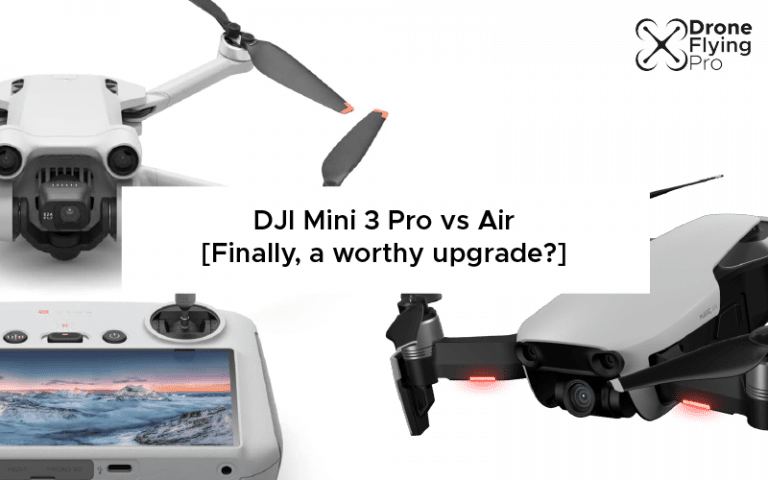I have been a huge fan of the original DJI Air for Many years. If you don’t believe me, check out my YouTube video where I talk about how I think this is probably still one of the best drones that DJI has ever produced. However, is the Mini 3 Pro the drone that replaces my Air?
The DJI Mini 3 Pro is a small form factor drone that has a long flight time and is capable of competing with DJI’s original Air drone. For those looking for a powerful drone in a very small and compact form factor, the new Mini 3 Pro is the perfect upgrade.
The DJI Air is a fantastic drone because it is a small form factor with impressive features. I have avoided upgrading the DJI Air because nothing has come close to the level of power you get for this size drone.
Here is my YouTube video talking about how much I love the Air:
The DJI Air upgrades (such as the Air 2 and the Air 2S) and newer models have always been much bigger than I wanted. Nothing from the DJI ecosystem has warranted my attention for an upgrade until the DJI Mini 3 Pro.
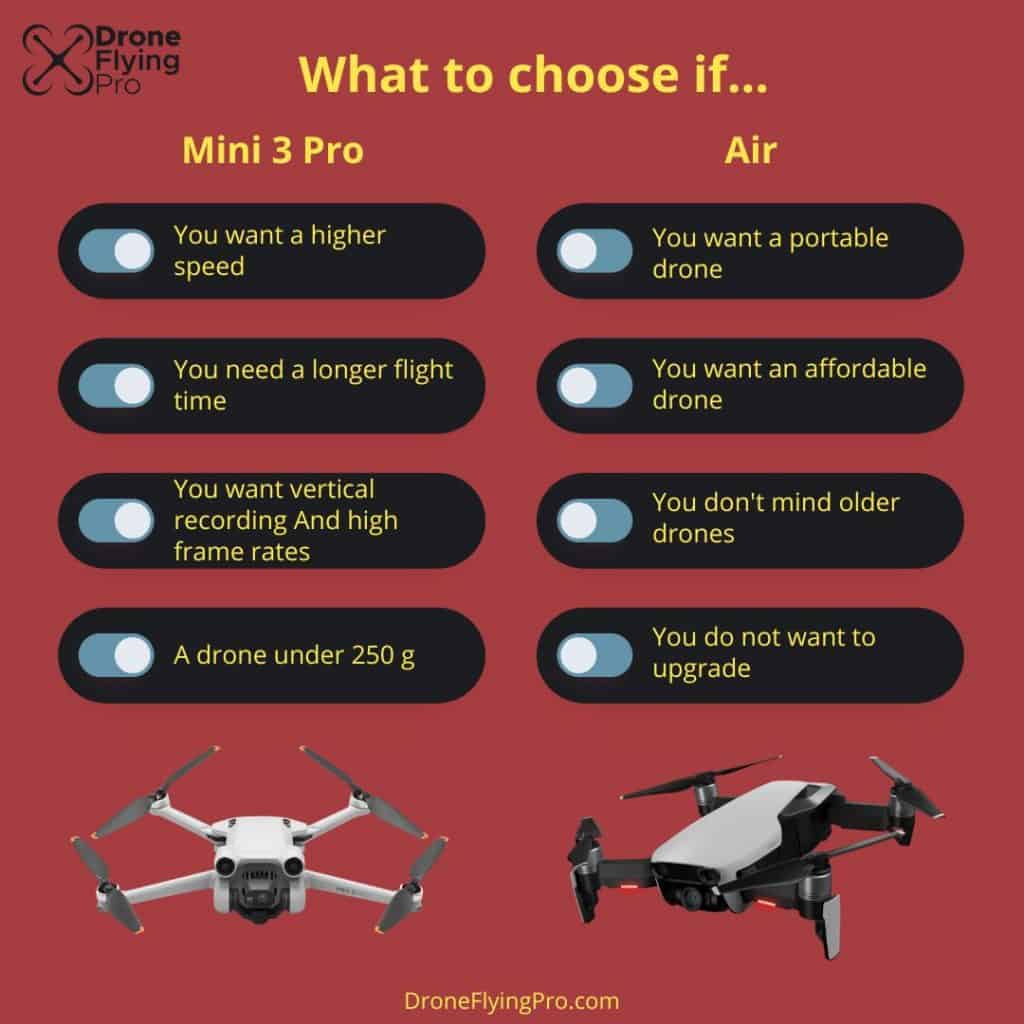
The advantage of the DJI Mini 3 Pro is that it is a much lighter aircraft with better flight times and camera. Also, the additional sensors on the drone mean that I would have even more confidence flying this drone in a more complex aerial environment.
To truly understand the different upgrades that the Mini 3 Pro offers, I have gone through each drone’s specifications and pulled out a direct comparison of each of the most important metrics for the aircraft, gimbal, sensors, battery, and camera.
Aircraft
When choosing the best drones for you, there are many complicated aspects to consider. Some people would rather have a small drone than a larger drone capable of higher speeds and more stable flight.
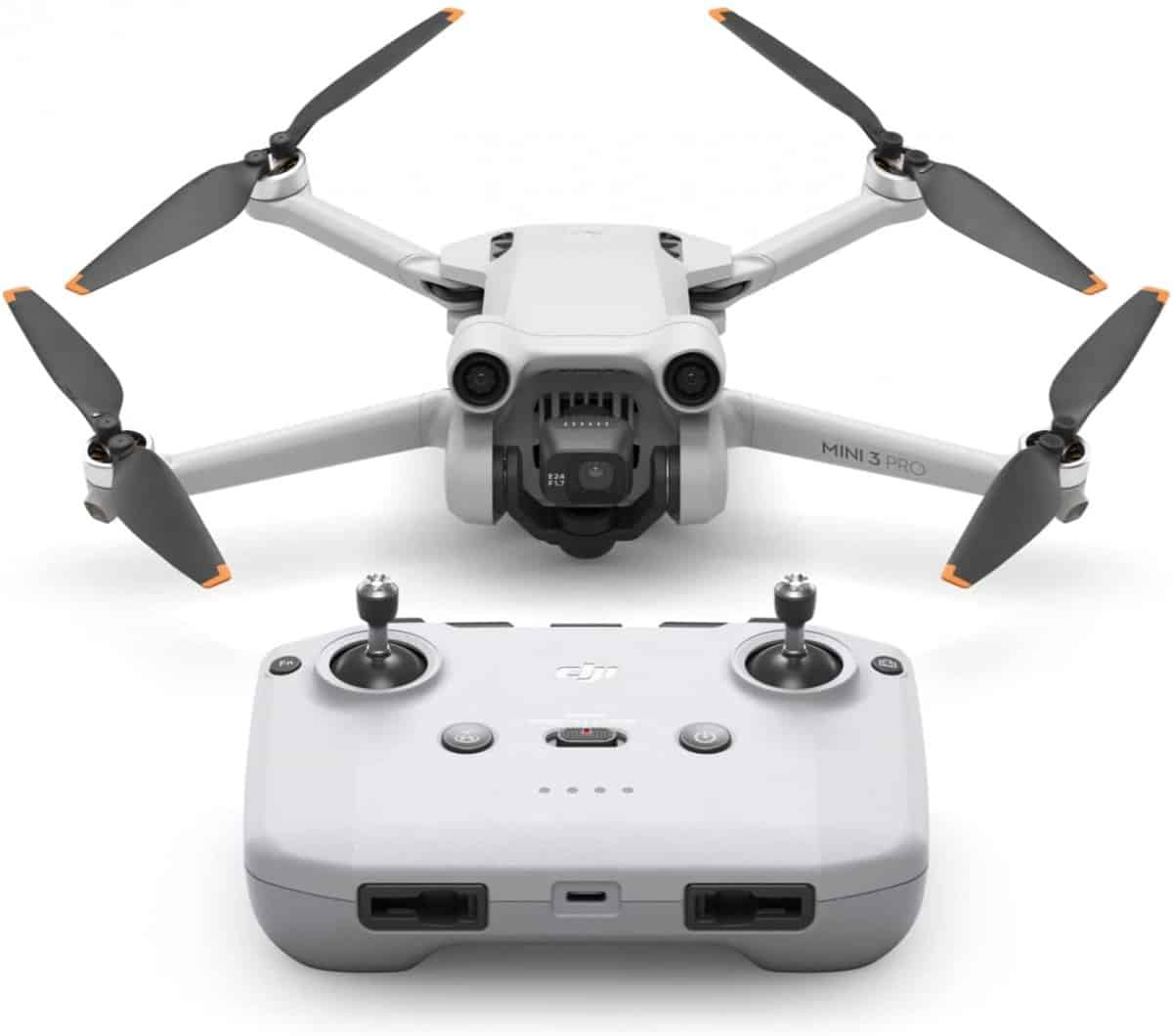

Professional drone flyers and those who are looking to purchase a drone for more than a hobby may want much more from their drone than older models give.
Here are a direct comparison of the aircraft specifications between the Mini 3 Pro vs Air
| Spec | Mini 3 Pro | Air | TLDR |
| Take off weight | <249 g | 430 g | The mini 3 Pro is much lighter which may allow you to get around some registration requirements. |
| Dimensions | Folded: 145×90×62 mm Unfolded: 171×245×62 mm Unfolded (with propellers): 251×362×70 mm | Folded: 168×83×49 mm (L×W×H) Unfolded: 168×184×64 mm (L×W×H) | The mini 3 Pro is slightly larger than the original DJI air when unfolded. |
| Max Flight Time (no wind) | 34 mins (with Intelligent Flight Battery at 21.6 kph) 47 mins (with Intelligent Flight Battery Plus). | 21 minutes (at a consistent 25 kph) | Mini 3 Pro has a much better flight time. A 62% increase over the original Air. |
| Max Hovering Time (no wind) | 30 mins (with Intelligent Flight Battery) 40 mins (with Intelligent Flight Battery Plus) | 20 minutes | 50% increase in hovering Time with the Mini 3 Pro |
| Max Flight Distance (no wind) | 18 km (with Intelligent Flight Battery) 25 km (with Intelligent Flight Battery Plus) | 10 km | An 80% increase with the intelligent flight battery of the Mini 3 Pro |
| Max Flight Speed (near sea level, no wind) | 16 m/s (S Mode) 10 m/s (N Mode) 6 m/s (C Mode) | 19 m/s (S – mode) 8 m/s (P – mode) 8 m/s (Wi-Fi mode) | The Air is 18% faster in sport mode but slower in normal modes. |
| Max Wind Speed Resistance | 10.7 m/s (Level 5) | 10.6 m/s (Level 5) | Very similar maximum wind speed resistance. |
In terms of the overall aircraft features, the DJI Mini 3 Pro significantly increases hovering Time, flight distance, and maximum flight time. It offers a small increase in maximum flight speeds in normal flying modes.
If flying for a long time is an important aspect of your normal drone flights, upgrading is a no-brainer to this small form factor Mini 3 Pro drone.
Also, the important difference in weight can make a huge difference in getting around some red tape when using a drone below 240 g. Because the DJI mini 3 Pro is a very light drone, you may be able to avoid registration and licensing requirements in some countries.
As the red tape environment gets increasingly complicated around drone technology, this may be an attractive reason to upgrade for pilots.
Camera
Since the release of the DJI Air there has been a huge amount of progress in shrinking camera hardware for drone technology.
Many individuals purchase a DJI drone to create incredible images and movies.
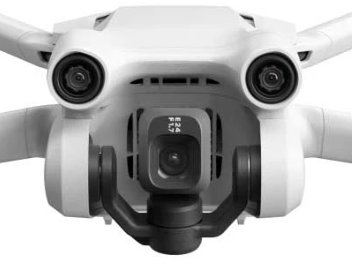
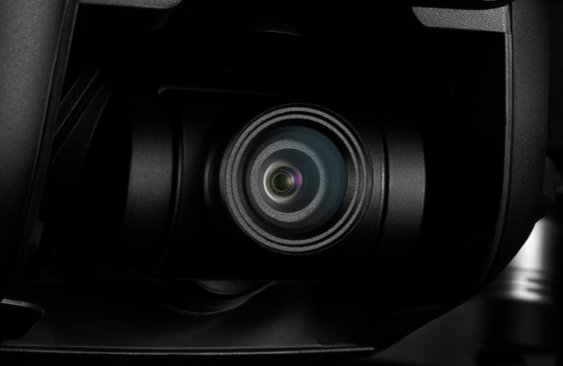
The hardware carried by the drone is crucial to capturing the perfect photo. Because, unlike some other DJI drones, the cameras on these drones cannot be hot-swapped, you must ensure that the camera that comes with the drone is acceptable for your use case.
Here are all the important camera specifications you need to know before upgrading your drone.
| Spec | Mini 3 Pro | Air | TLDR |
| Sensor | 1/1.3-inch CMOS Effective Pixels: 48 MP | 1/2.3″ CMOS Effective Pixels: 12 MP | Larger sensor in the original Air but more effective pixels in the Mini 3 Pro |
| Lens | FOV: 82.1° Format Equivalent: 24 mm Aperture: f/1.7 Focus Range: 1 m to ∞ | FOV: 85° 35 mm Format Equivalent: 24 mm Aperture: f/2.8 Shooting Range: 0.5 m to ∞ | Very similar lens configurations with a smaller f-stop on the new Mini 3 Pro |
| ISO Range | Video: 100-6400 (Auto), 100-6400 (Manual) Photo: 100-6400 (Auto), 100-6400 (Manual) | Video: 100 – 3200 (auto) 100 – 3200 (manual) Photo: 100 – 1600 (auto) 100 – 3200 (manual) | Larger iso range in Mini 3 Pro. |
| Still Image Size | 4:3: 8064×6048 (48 MP), 4032×3024 (12 MP) 16:9: 4032×2268 (12 MP) | 4:3: 4056×3040 16:9: 4056×2280 | Mini 3 Pro takes larger photographs. |
| Video Resolution | 4K: 3840×2160@24/25/30/48/50/60fps 2.7K: 2720×1530@24/25/30/48/50/60fps FHD: 1920×1080@24/25/30/48/50/60fps Slow Motion: 1920×1080@120fps | 4K Ultra HD: 3840×2160 24/25/30p 2.7K: 2720×1530 24/25/30/48/50/60p FHD: 1920×1080 24/25/30/48/50/60/120p HD: 1280×720 24/25/30/48/50/60/120p | Both able to achieve a 4K video resolution but the mini 3 Pro can record in higher frame rates for slow motion footage. |
| Digital Zoom | 4K: 2x 2.7K: 3x FHD: 4x | None | The mini 3 Pro is capable of digital Zoom of up to 4 times. |
There is no doubt that if you want to upgrade your drone because of the camera, this is a perfect opportunity to get a better camera at a similar form factor. You can get a much better video resolution and photo image with the newer hardware associated with the Mini 3 Pro.
Also, you will be able to access higher frame rate recording with the new mini 3 Pro and have access to digital zoom functions that were not available in the original Mavic air.
If you are looking for a drone with a similar form factor and a much more powerful camera and video recording capability – this may be the drone you have been waiting for.
Gimbal
Ensuring that the gimbal has 3-axis stabilisation and can handle a lot of instability during the flight means that the photos and videos will be good for professional use.
There’s nothing worse than pushing the capture button and receiving a blurry video or photo.
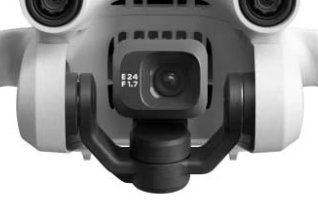
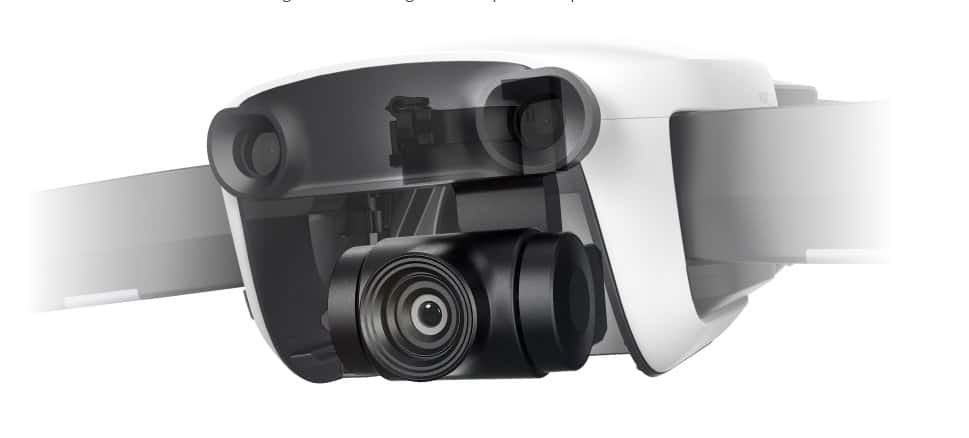
Luckily, both drones have three-axis mechanical Gimbal stabilisation so that you can be assured of a steady and smooth shot in the strongest and nastiest of winds.
Here is a direct comparison of all of the other important features.
| Spec | Mini 3 Pro | Air | TLDR |
| Stabilisation | 3-axis mechanical gimbal (tilt, roll, and pan) | 3-axis (tilt, roll, pan) | Equal |
| Mechanical Range | Tilt: -135° to 80° Roll: -135° to 45° Pan: -30° to 30° | Tilt: -100° to 22° Roll: -30° to 30° Pan: -12° to 12° | The mechanical range is larger on the Mini 3 Pro. |
| Max Controllable Speed (tilt) | 100°/s | 120°/s | Controllable tilt speed is 20% faster on the Air. |
| Controllable Range | Tilt: -90° to 60° Roll: -90° or 0° | Tilt: -90° to 0° (default setting) -90° to +17° (extended) | Larger controllable range on the Mini 3 Pro. You are able to control the role axis to get landscape photos and video on the Mini 3 Pro |
It is important to note that the biggest difference between the two gimbals is that the mini 3 Pro can roll its gimbal to the side to capture landscape photos and videos.
Perfect for the mobile-first digital environment.
Sensors
The sensing system that comes with a drone should be checked because it is crucial to keep your drone as safe as possible while it is in flight. I’ve flown my drone in various settings, and the detecting system has saved me from crashing into trees, buildings, and people on several occasions.
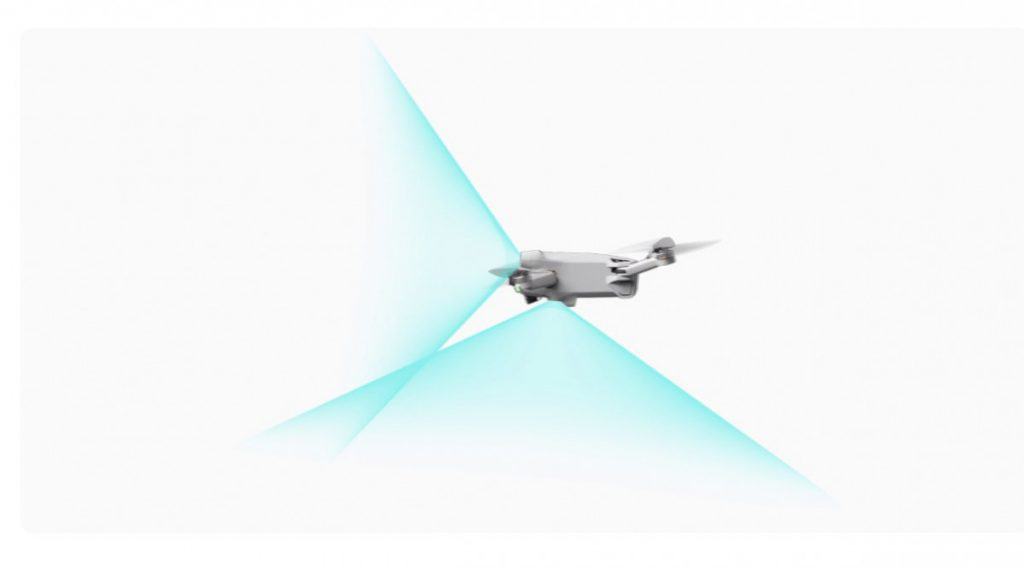
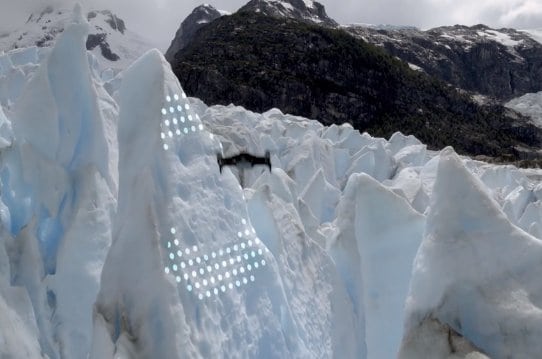
The sensing mechanism will give you additional peace of mind and prevent you from running into overhanging branches or other obstacles while you are busy staring at the screen and occasionally forget that the drone is in a 3D environment.
| Spec | Mini 3 Pro | Air | TLDR |
| Forward | Precision Measurement Range: 0.39-25 m Effective Sensing Speed: Flight speed <10 m/s FOV: Horizontal 106°, Vertical 90° | Precision Measurement Range: 0.5 – 12 m Detectable Range: 0.5 – 24 m Effective Sensing Speed: ≤ 8 m/s Field of View (FOV): Horizontal 50°, Vertical ±19° | Both will keep you safe |
| Backward | Precision Measurement Range: 0.36-23.4 m Effective Sensing Speed: Flight speed <10 m/s FOV: Horizontal 58°, Vertical 73° | Precision Measurement Range: 0.5 – 10 m Detectable Range: 0.5 – 20 m Effective Sensing Speed: ≤ 8 m/s Field of View (FOV): Horizontal 50°, Vertical ±19° | Both will keep you safe |
| Downward | Precision Measurement Range: 0.15-9 m Precise Hovering Range: 0.5-12 m Vision Sensor Hovering Range: 0.5-30 m Effective Sensing Speed: Flight speed <3 m/s FOV: Forward/Backward 104.8°, Left/Right 87.6° | Altitude Range: 0.1 – 8 m Operating Range: 0.5 – 30 m | Downward system is better in the Mini 3 Pro. |
It comes as no surprise that the newer drone has much better sensing capability in the downward direction. Both drones will keep you safe, but the software has come on leaps and bounds that will ultimately dictate how safe your drone is to fly.
DJI has created some amazing and safe automated flying modes that I’m sure you will love in the newer versions of their drones.
Battery
Thanks to their sophisticated battery systems, drones can fly for ever-longer periods. With the DJI Mini 3 Pro, DJI has continued to push the boundaries of what is feasible and possible for consumer-level drones. It has an excellent lifespan, and even the standard clever battery is substantially stronger than the mini’s prior iterations.
| Spec | Mini 3 Pro | Air | TLDR |
| Capacity | 2453 mAh | 2375 mAh | The Mini 3 Pro is approximately 3% larger incapacity. |
| Battery Type | Li-ion | LiPo 3S | Mavic 3 Pro Lithium ion battery less sensitive to temperature change |
| Weight | ~ 80.5 g | 140 g | Mavic 3 Pro lighter battery by 43% |
Upgrading your drone to the DJI Mini 3 Pro will afford you a lot more flying time thanks to the much better battery management system and the savings in weight of the new intelligent battery systems.
There are a few other considerations to consider if upgrading your drone from the DJI air should become a reality.
Other considerations
Here are the other considerations you need to decide between the DJI Mini 3 Pro vs Air.
Price
One of the biggest aspects that determine whether or not you should upgrade is the price of upgrading your drone to the DJI Mini 3 Pro.
You can purchase the DJI Mini 3 Pro for approximately US$909 with DJI RC controller and US$759 with the standard remote control.
This price is much less expensive than other powerful drones manufactured by DJI and is very affordable for many drone flyers.
The link above also includes the new DJI remote control, which has the DJI fly app preinstalled with a built-in 5.5-inch high-definition display for crisp viewing even in direct sunlight.
An absolute bargain price for one of the best drones on the market.
Remote control
You have two remote control options with the newer Mini 3 Pro drone.
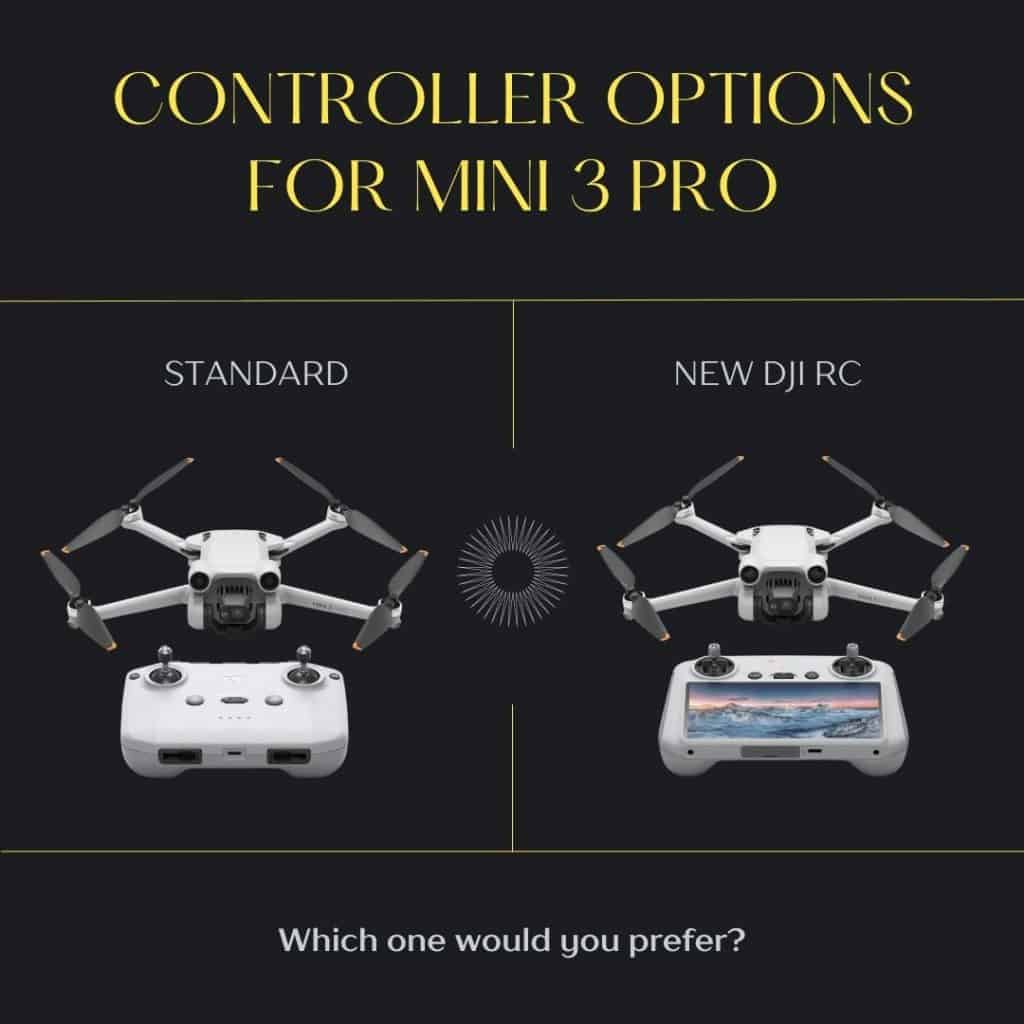
The original Air can only be operated with the standard remote control that comes with the drone.
If you are after a drone that can be utilised with remote control and a display screen, the DJI Mini 3 Pro upgrade will be perfect for you.
Summary
This article has covered everything you need to know about comparing the DJI Mini 3 Pro and the original DJI Air.
I have loved my DJI air drone for several years now, and I think DJI has finally created a drone worthy of upgrading my current drone.
The extra features, extended flight time, and the opportunity to utilise the drone with the new DJI remote control with a built-in 5.5-inch high-definition display is something that many hobby flyers will not be able to turn down.
